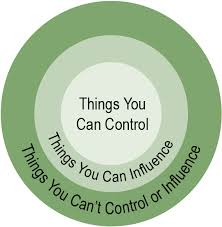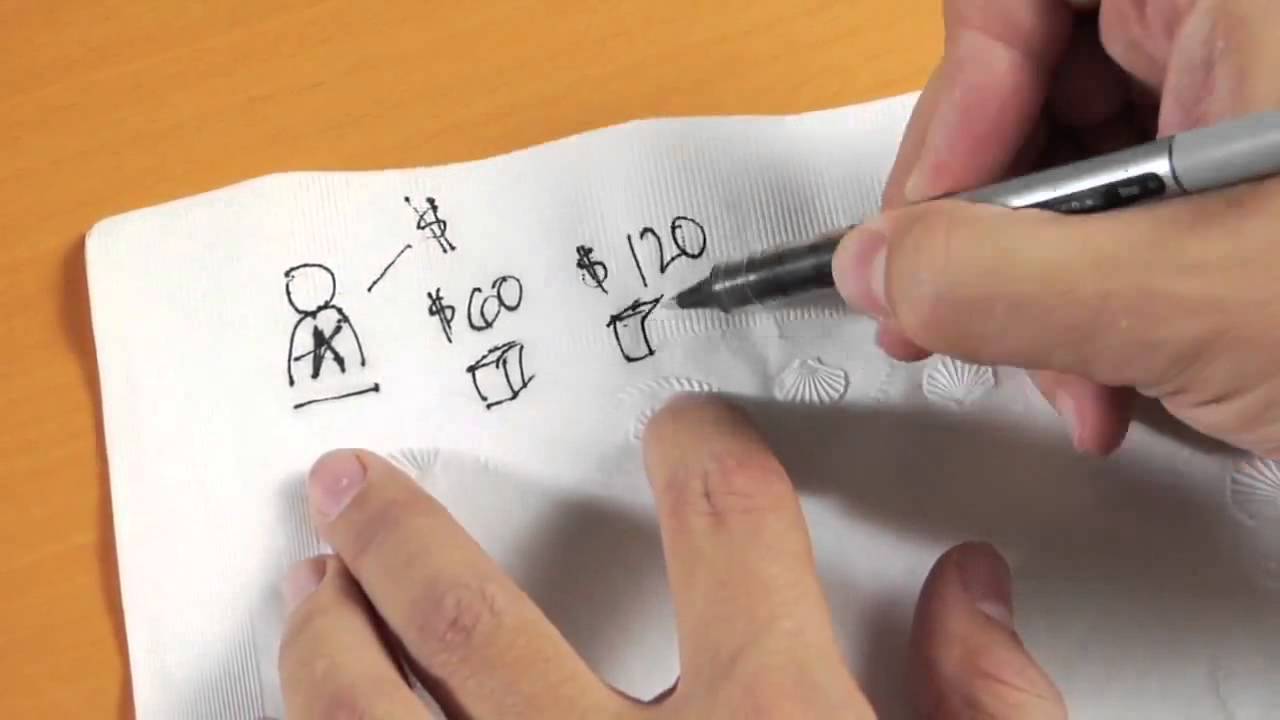
When I used the word “sell” as in “what programs do you have to sell to your donors?” some MGOs take offense and say: “Richard, we don’t sell stuff to donors!” OK. Present it. Explain it to donors. Whatever. The point is that in major gifts, the successful MGO needs to identify the interests and passions of the donor, then present a program to that donor that matches those interests and passions. Done correctly, these activities eventually cause an economic transaction.
That, in a phrase, is the key to success in major gifts fundraising. And it is very much, in its highest form, selling. In fact, if you look up the definition of sales, it is:
In general, a transaction between two parties
where the buyer receives goods (tangible or intangible),
services and/or assets in exchange for money.
Fundraising is where the donor causes a desired charitable activity through their giving. Note the words. It is desired – this has to do with the donor’s interests and passions. It causes a charitable activity. And it involves giving of money, a commodity or time (labor). Fundraising is, fundamentally, no different than sales done right.
That’s why I like what James Altucher has to say about selling.
In his post The Ultimate Cheat Sheet For Selling Anything, James Altucher shares his ideas on effective selling. I have edited his points down to 8 that I believe are applicable to major gifts. Read his post for the entire article. Here are the main points I selected and how I apply them to major gift fundraising.
- Friendship
Nobody, James says, is going to buy from someone they hate. The buyer has to like you and want to be your friend. This is true of the donor relationship in major gifts. Jeff and I have seen situations where the donor genuinely does not like the MGO. And the MGO knows it. When you have that insight or knowledge, you need to move the donor to another MGO. And do it quickly. But the point here is about friendship. The nature of your relationship to the donor needs to be one of friendship. Not that you are best buddies, but that you are regarded by the donor in a warm, helpful and welcome way. As you look down your list of donors, can you truly say they regard you in a positive manner? Or are you just a pest that is out to get their money? Take inventory on this one point right now.
- Saying No
Often, saying “no” to a donor is just the right thing. “No” to the new project idea. “No” to the stated desire to link a gift to another involvement request. “No” to the timing of a gift. Etc. One of the key challenges many MGOs face in their major gift journey is the inability to say “no.” This happens because the desire to secure the gift, at any cost, overshadows their judgment. “No” is a good thing. Use it.
- Over-Deliver
James says: “If someone pays $100 and you give them just $100 in value then you just failed. F.A.I.L.E.D. You’ll never sell to that person again. That’s fine in some situations, but in most situations it’s no good. If someone pays $100, you need to give them $110 worth of value.”
This is so true in major gifts fundraising. If a donor gives $1,000 you should deliver $10,000 worth of information, feedback and “you made a difference” reporting. In a study Jeff and I did with 33 national organizations regarding donor attrition, it was interesting to note that in the donor segments of cumulative giving from $1000+ giving a year up to $10,000+ giving a year, the $10,000+ givers fell away substantially less than those under $10,000. And I mean substantially – like 40-60% attrition in the lower categories and less than 5% in the highest one.
One reason for this fact may be that these donors are more invested, and therefore they attrition less. The other reason, which we found to be true as well, is that the organizations paid way more attention to these higher givers. They delivered $15-50,000 worth of stewardship to the $10,000 giver and merely delivered $1,000 of stewardship to the $1,000 giver.
We need to over-deliver in major gifts fundraising!
- Never Take “No” for an Answer
To quote James: “This statement, which everyone knows, is usually applied incorrectly. People think it means, keep pushing and trying new things until you get a “yes.” That’s not what it means. If you do that, you end up in the spam box. Then you end up in the coffin box. In other words, you end up dead to the person you are trying to sell to. Instead, go back to the first point. Be a friend. However flimsy that connection of friendship is. Follow on Twitter, follow on Facebook. Say nice things about the person to other people. Never gossip. Do the art of the “check in.” Send updates after the “No” on how you are doing, on how the product or service or business or whatever is doing. Not every day. Maybe once a month. Maybe once a year. Who knows. Eventually you will find the “yes” with that person. It could be, and often is, up to 20 years later. Who knows? You plant a seed and eventually the garden blooms.”Very good advice, and something you can apply right now in your relationship with your donor.
- Be The Source
I like what James shares next: “Be the source of valuable information rather than the source of your “product-of-the-day.” Then they will know forever that you are a trusted source.”
Your donor is interested in your cause. That’s why she is a donor. You should be the source of most everything there is to know about what your organization does. Feeding this valuable information to your donor will not only bond you to the donor, it will give the donor the priceless information they need and want.
- Sell Everything
Remember that what you are presenting to your donor – the project or program – is not your entire “product offer.” I agree with James when he says: “Your offering is product, services, your employees, your experiences, your ideas, your other customers and even your competitors. Sell them all.”
This is so true in fundraising. What you are presenting to donors is the whole package – even the thank you process. This is why Jeff and I get so upset when thank you’s to donors are sent two to three weeks or more after the gift arrives. The non-profit did a wonderful job on the front end of the transaction, explaining and presenting everything. And then the donor gives and the thank you or reporting languishes in a back room. If you had the “sell everything” mentality, you would be obsessed with making this right. Everything that IS the non-profit is what is being “sold” to your donors. So if one part is broken, it is hurting the whole.
- Sell The Dream
I will never forget the story of the wealthy donor who, when asked for a $250,000 gift to a well-known cause, turned down the MGO’s request and said: “Come back to me with a vision for what you are trying to do [in this sector] – something that inspires me to give you $1 million – and then we can talk.” Here was a situation, not unlike many we see in our work, where the donor wanted to know what the “dream” was. And if he could know that, he was willing to give far more than what the MGO had dreamed of asking.
Are you selling the dream or just a project? Have you articulated a vision for what your organization is trying to do in our hurting world? If you can do this, you will be more successful in your major gift fundraising.
- Fire Customers
Read donors. Sometimes, it is time to move on. The donor’s interests have changed. Or he doesn’t like how you are managing things. Or she has moved. Or, whatever. It IS time to move on. And that’s OK. Much like all of life, things go in cycles. And that is true about some donor relationships. That is why, once a year, usually in January and February, we counsel MGOs to review caseloads and make decisions about which relationships to continue in the year ahead, and which ones to move away from.
Regardless of how you want to think about it, your work as an MGO is about presenting investment options to your donor. I think that following these eight principles will be helpful in how you do that. Try them and let me know how it turns out.
Richard







I agree that on the top of the list, you should have the friendship.